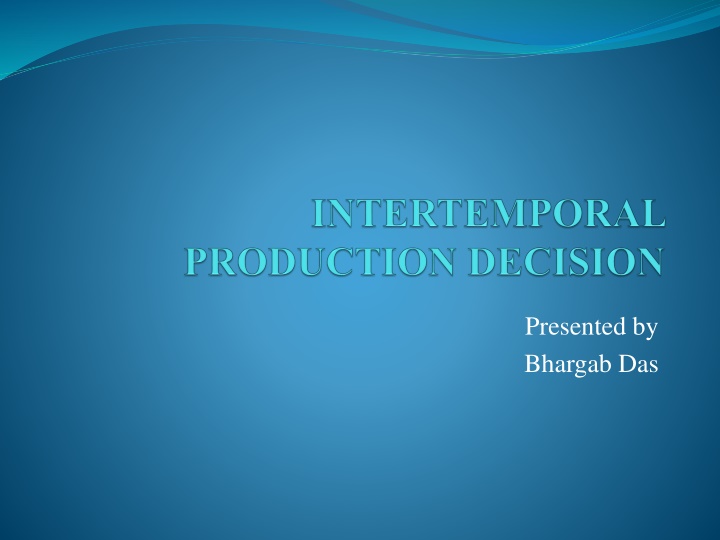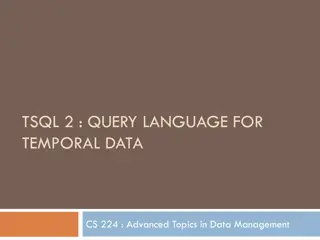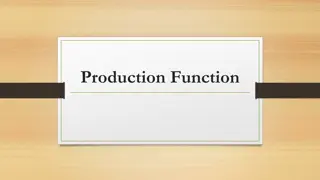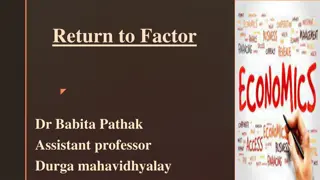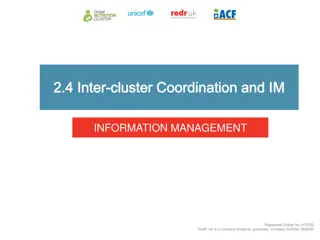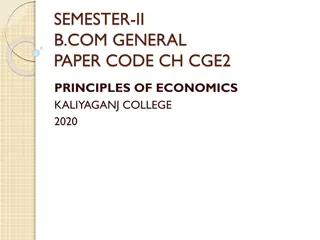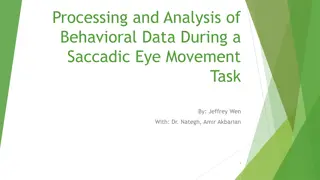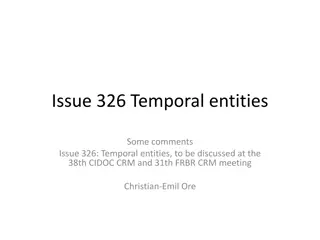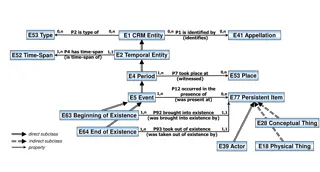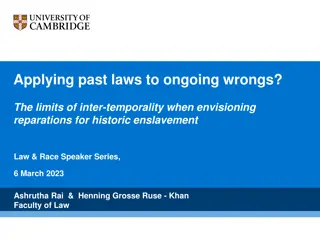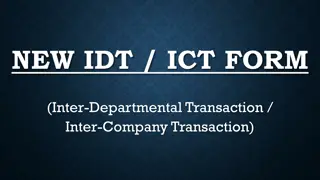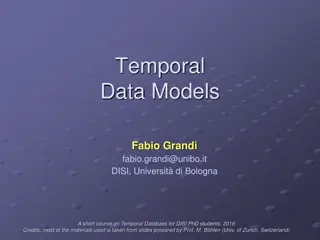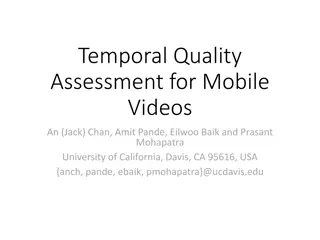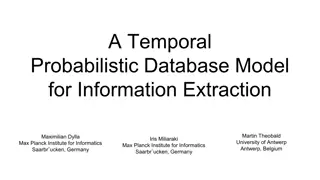Inter-temporal Production Decision in Economics
In economics, both consumers and producers face decisions on resource allocation for current and future production. This involves analyzing production possibilities curves, budget lines, and optimizing consumption bundles with inter-temporal preferences, influenced by interest rates. Through visual representations and economic theories, individuals can make informed choices to maximize satisfaction and efficiency. Explore the complexities of inter-temporal decision-making in economic models.
Uploaded on Apr 16, 2025 | 1 Views
Download Presentation

Please find below an Image/Link to download the presentation.
The content on the website is provided AS IS for your information and personal use only. It may not be sold, licensed, or shared on other websites without obtaining consent from the author.If you encounter any issues during the download, it is possible that the publisher has removed the file from their server.
You are allowed to download the files provided on this website for personal or commercial use, subject to the condition that they are used lawfully. All files are the property of their respective owners.
The content on the website is provided AS IS for your information and personal use only. It may not be sold, licensed, or shared on other websites without obtaining consent from the author.
E N D
Presentation Transcript
Presented by Bhargab Das
Like a consumer, a producer also often has to decide as to how of the resources to be used in the current production and how much to be invested for future production. To analysis the inter temporal production decision we adopt a simple two period framework (0 indicating current period and 1 indicating the future period). The resources an individual has at hand can be used to produced current goods or future goods. For a given amount of productive resource of the firm, its options for present and future production transformation or production possibility curve which slopes negatively and concave to the origin. can be presented by
By superimposing the ICs on the production possibility curve, we can get the optimum for a producer-consumer who has no scope for exchange.
Let us assume an interest rate of r. An individual producing at point R in the below fig. Produces yo in the current period and y1 in the future period. Maximum current and future consumption is w0 and w1. Where w0 = y0+y1/(1+r) and w1 = y1+y0(1+r).
In the previous diagram the individual producing at point R can consume anywhere along the budget line B2. For an individual producing at point T, the budget line is B3. Similarly, for individual producing at point S or V, the budget line is B1. The individual must now choose the production bundle and consumption bundle to maximize satisfaction. With a higher budget line, higher indifference curves can be reached. Thus, the individual will choose the production bundle corresponding to the highest possible budget line.
In the above fig. at point T the budget line is tangent to the PPC where current production is y0 and future production is y1. Here optimum consumption bundle is Q where c0 is current consumption and c1 is future consumption.
